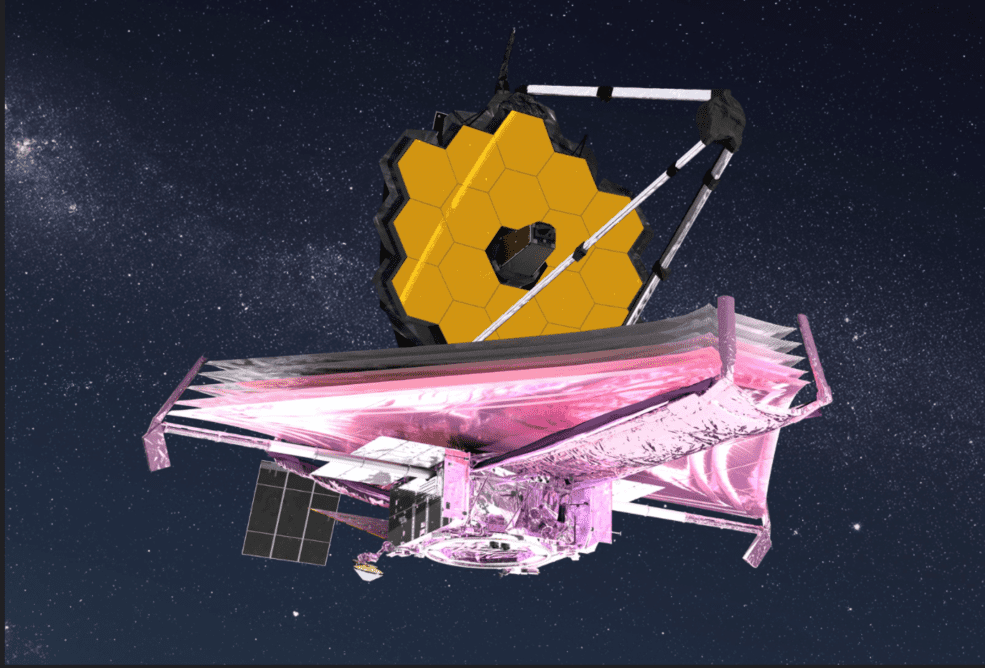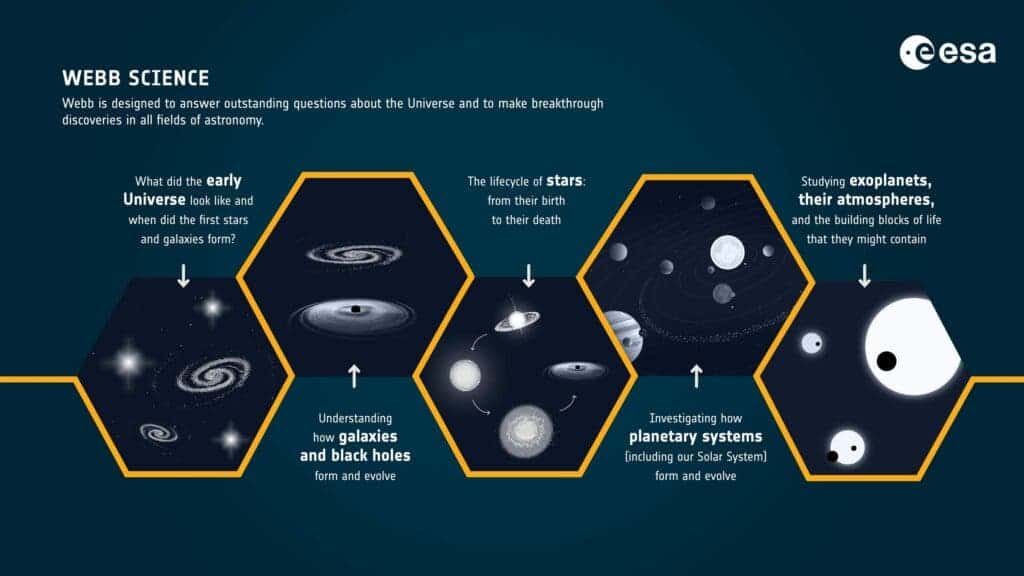It’s done: NASA’s team behind the James Webb Space Telescope successfully deployed its massive primary mirror, marking a big milestone in one of the most complicated missions in space. Now, the team will focus on directing the telescope to its final destination to explore every phase of cosmic history, but so far, so good.

The two winds of the mirror had been folded inside the nose cone of the rocket before the launch. After weeks of other important spacecraft deployments, the team started to unfold the hexagonal segments of the mirror, the largest ever launched into space. This was done at the end of last week and was then followed by the secondary mirror.
The honeycomb-shaped mirror measures 21 feet (6.5 meters) across, three times the size of Hubble’s mirror. It will be sensitive enough in order to see celestial objects undetectable by previous observatories, enabling us to peer into the depths of the universe with unprecedented accuracy. Its deployment also marks the end of a very important first phase after the Webb was launched on Christmas Day.
“NASA achieved another engineering milestone decades in the making. While the journey is not complete, I join the Webb team in breathing a little easier and imagining the future breakthroughs bound to inspire the world,” NASA Administrator Bill Nelson said in a statement. “The James Webb Space Telescope is an unprecedented mission,” he added.
Looking ahead
The telescope is expected to arrive at its destination by January 23. Then it will use its engines to reach a spot about 1.5 million kilometers (930,000 miles) away from Earth, known as L2 — a so-called Lagrangian Point where gravity will keep the telescope stable. But there’s a lot more coming up. Team members will spend the next two weeks aligning all mirror segments to perform as one, NASA said in a press conference.
NASA chose L2 specifically due to its ideal conditions for Webb to work. Its great distance from the sun, combined with its recently deployed sunshield, will allow the telescope to do its infrared observations without any disturbance. If all goes well, and we hope it does, Webb will give us an inside look into the universe and its evolution.

Webb has a set of science instruments that will allow observations in mid-infrared, near-infrared and visible wavelengths – including a combination of fine guidance sensor and spectrograph, a near-infrared camera and spectrograph, and a mid-infrared instrument. It’s the world’s largest and most complex space science telescope.
This week, NASA will start with the basic aligning of the mirrors, a task that will take about three months in order to get them ready for the telescope’s first testing image. These will likely be blurry, NASA said, anticipating any questions, as Webb won’t be fully ready yet. More imaging and testing will be needed to get the configuration right
“The successful completion of all of the Webb Space Telescope’s deployments is historic,” Gregory L. Robinson, Webb program director at NASA, said in a statement. “This is the first time a NASA-led mission has ever attempted to complete a complex sequence to unfold an observatory in space – a remarkable feat for our team, NASA, and the world.”


